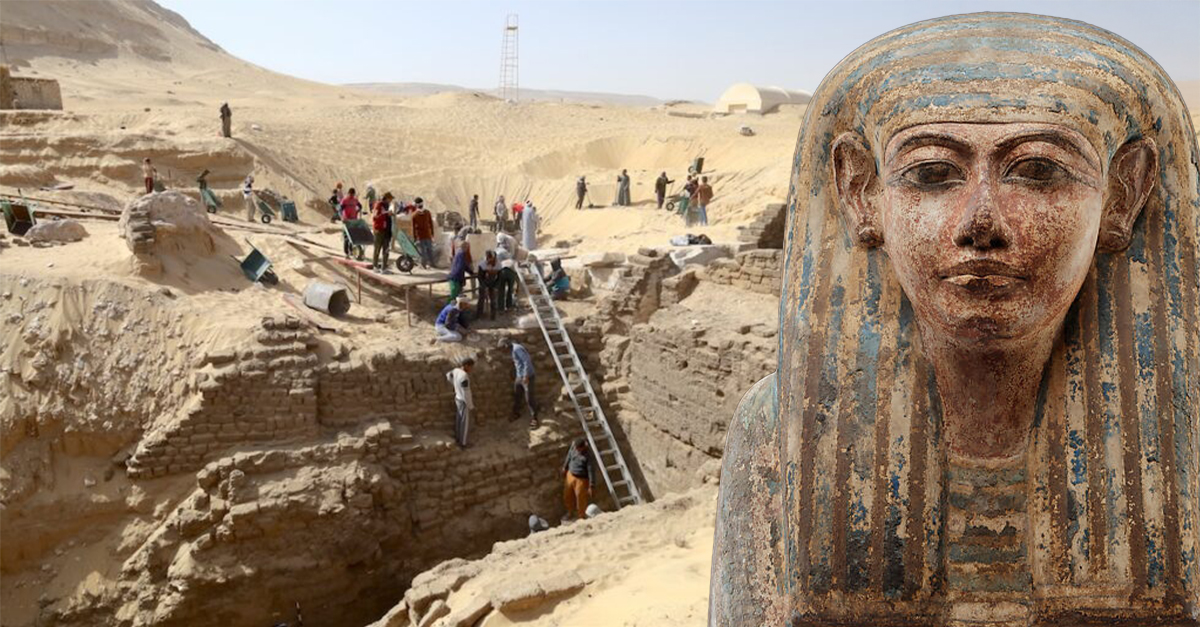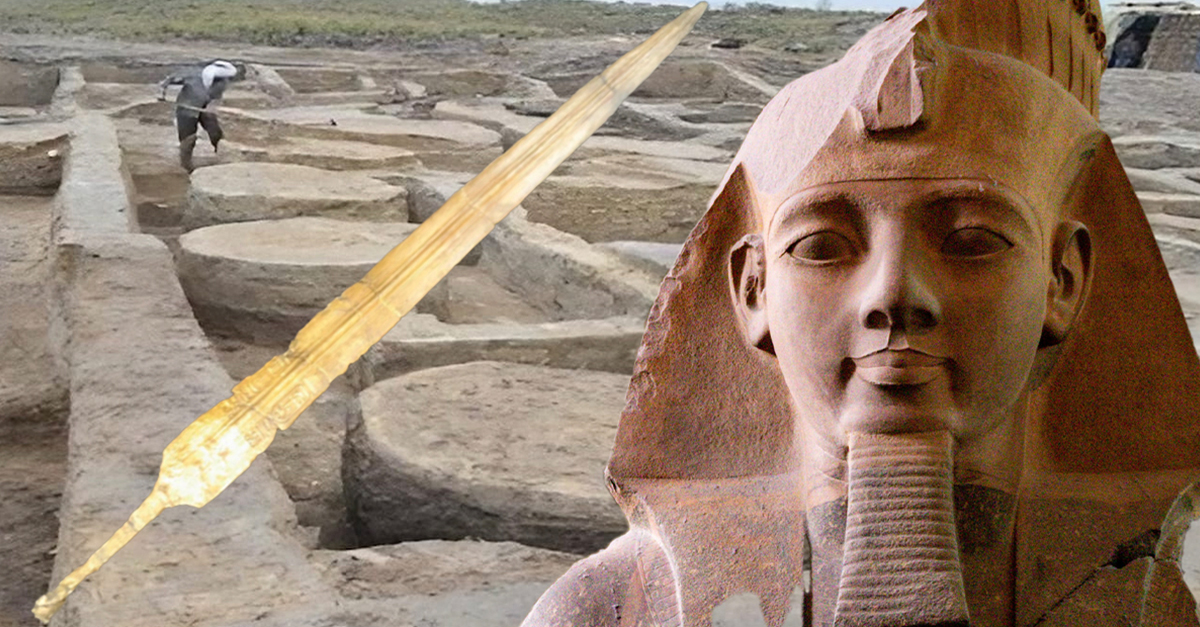In early 2023, archaeologists in Abydos, Egypt, unearthed a royal tomb believed to be over 3,600 years old. This burial site, surprisingly intact and ornately constructed, may belong to one of the most elusive royal blood lines in ancient Egyptian history. This is the so-called “phantom dynasty” that ruled through a shadowy and poorly documented era of political fragmentation.
What Is The ‘Phantom Dynasty’?
The term “phantom dynasty” refers to a proposed line of kings who ruled Abydos during the turbulent Second Intermediate Period (around 1650–1550 BC). Egyptologists think this dynasty filled a power vacuum between the collapse of the Middle Kingdom and the rise of the Hyksos and the Theban rulers. But no definitive list of these kings or their tombs has ever been found. Until now, perhaps.
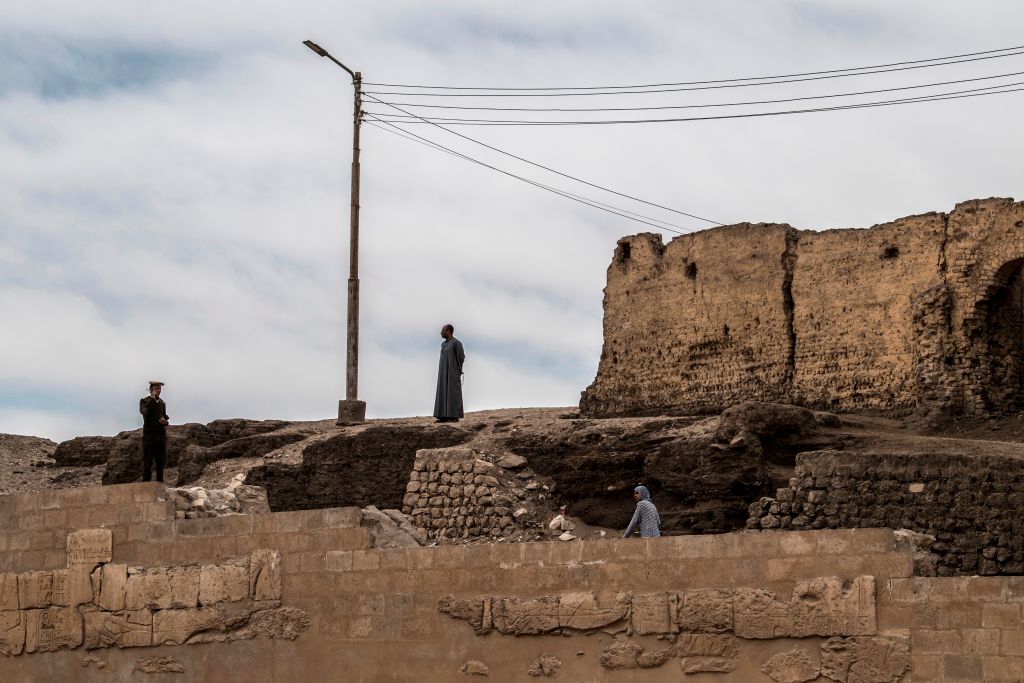 Khaled Desouki/AFP, Getty Images
Khaled Desouki/AFP, Getty Images
Tomb Architecture Offers New Clues
The tomb, constructed from mudbrick and limestone, includes a large burial chamber, storage annexes, and intricate carvings that suggest royal status. The structure’s style diverges from typical Theban or Hyksos designs, and aligns more with local Abydene traditions. This supports the theory that Abydos kept its own independent authority during this fractured era of Egyptian history.
Inscribed Artifacts And Royal Symbols
Among the discoveries were fragments of a wooden sarcophagus, ceremonial pottery, and golden amulets bearing cartouches—oval-shaped inscriptions that often contain royal names. While weathering has obscured many of the inscriptions, early analysis suggests names not currently associated with known dynasties. These could represent kings lost to history or misattributed to other ruling lines.
Abydos: More Than A Sacred Site
Abydos is best known as a religious center dedicated to Osiris, but it also served as a political hub. Some scholars think local rulers there maintained enough power to form an autonomous dynasty. This new tomb could provide tangible evidence for this theory, revealing a line of rulers operating parallel to the more dominant Theban and Hyksos factions.
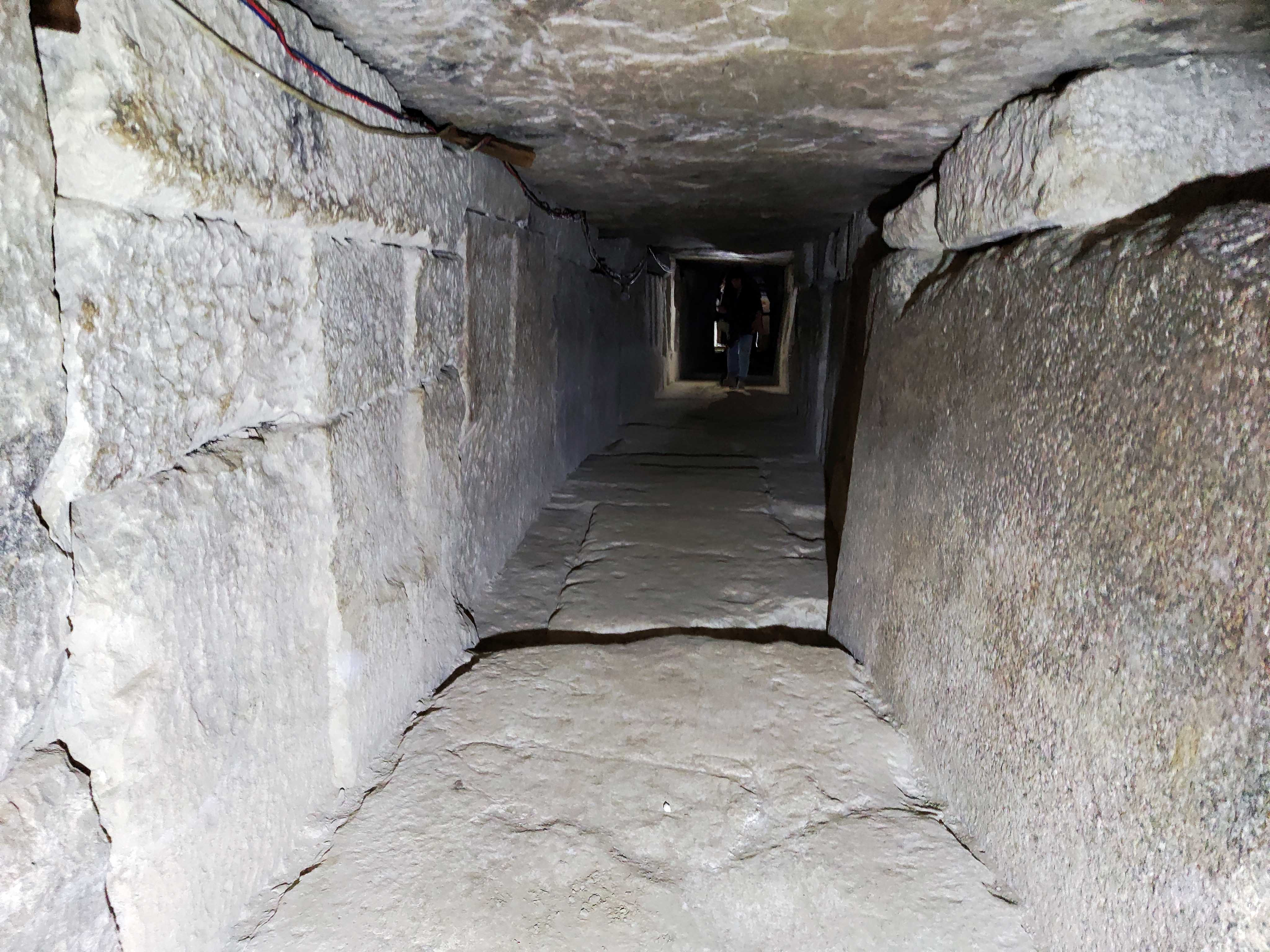 Lodo27 from Moscow, Russia, Wikimedia Commons
Lodo27 from Moscow, Russia, Wikimedia Commons
Radiocarbon Dating Confirms Timeline
Preliminary radiocarbon testing of organic material from the tomb, such as wood and linen wrappings, places its construction around 1600 BC. This lines up very well with the suspected timeline of the lost Abydos Dynasty, reinforcing the idea that this ruler lived and died in a period marked by both decentralization and cultural richness.
Why This Discovery Matters
The Second Intermediate Period is one of the least understood phases of ancient Egypt. While the Hyksos and the 17th Dynasty in Thebes are well-documented, the role of Abydos is still speculative. This tomb could anchor the Abydene rulers in historical reality, reshaping the timeline and geography of power during a crucial century of Egyptian evolution.
Preservation Amidst the Elements
Remarkably, the tomb is still largely undisturbed. Its isolation in the desert and a collapse that sealed the entrance centuries ago protected its contents. This level of preservation is rare, especially for tombs not built within the monumental necropolises of Thebes or Saqqara. It increases the chances of finding legible inscriptions and organic remains for further study.
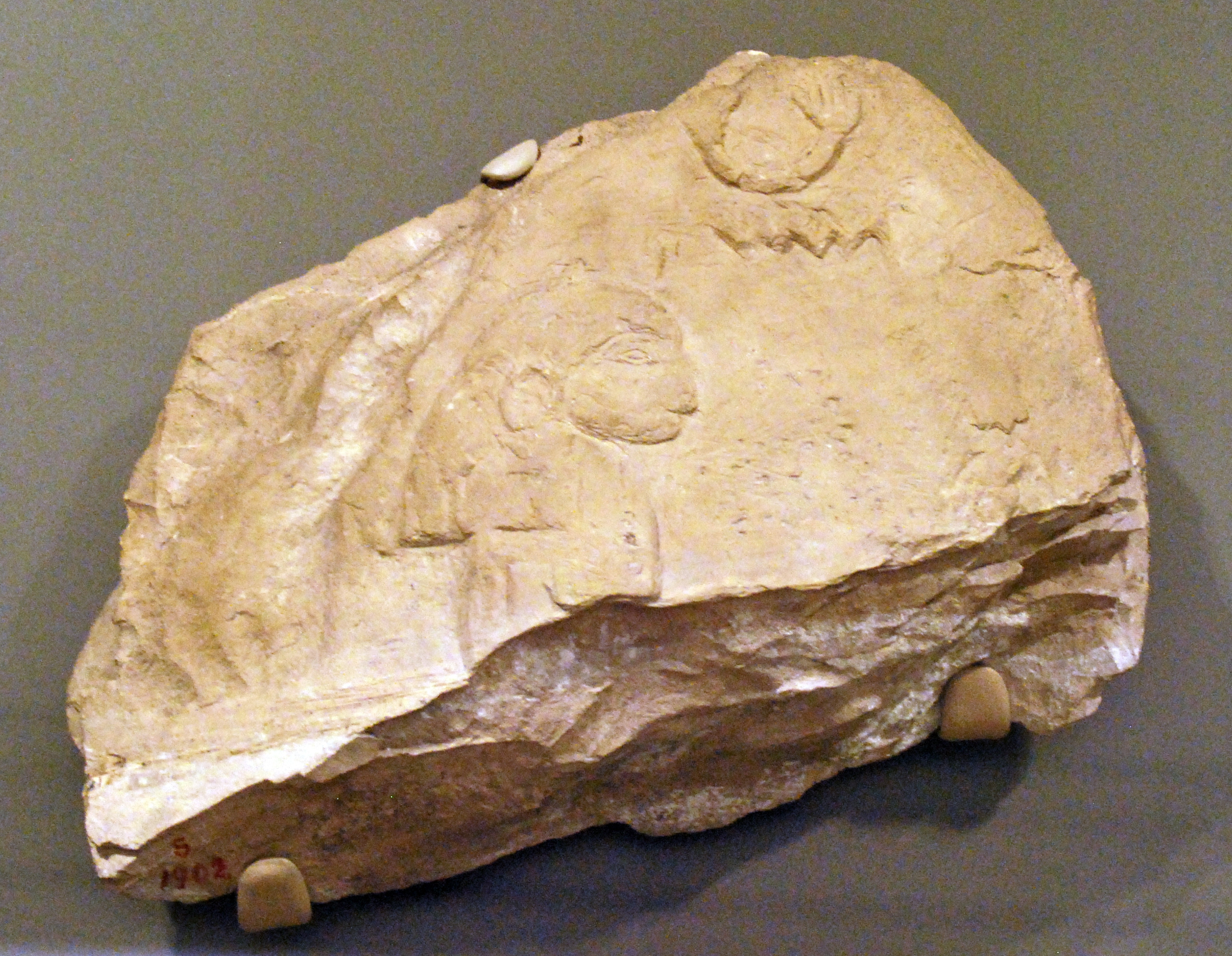 Picture taken by Marcus Cyron, Wikimedia Commons
Picture taken by Marcus Cyron, Wikimedia Commons
Potential Links To Other Royal Sites
Some archaeologists speculate that the artifacts and architectural style have similarities to tombs found in southern cemeteries near Thebes. If confirmed, this would suggest cultural or family ties between the Abydos rulers and other dynasties, blurring the hard lines scholars once drew between regional powers during this fragmented period.
Modern Technology Meets Ancient History
Advanced imaging and 3D modeling are now being used to digitally reconstruct the tomb and its original layout. High-resolution scans may reveal faded hieroglyphs or symbolic motifs invisible to the naked eye. DNA testing on any human remains, if found, could also shed light on royal lineage and inter-dynastic relationships.
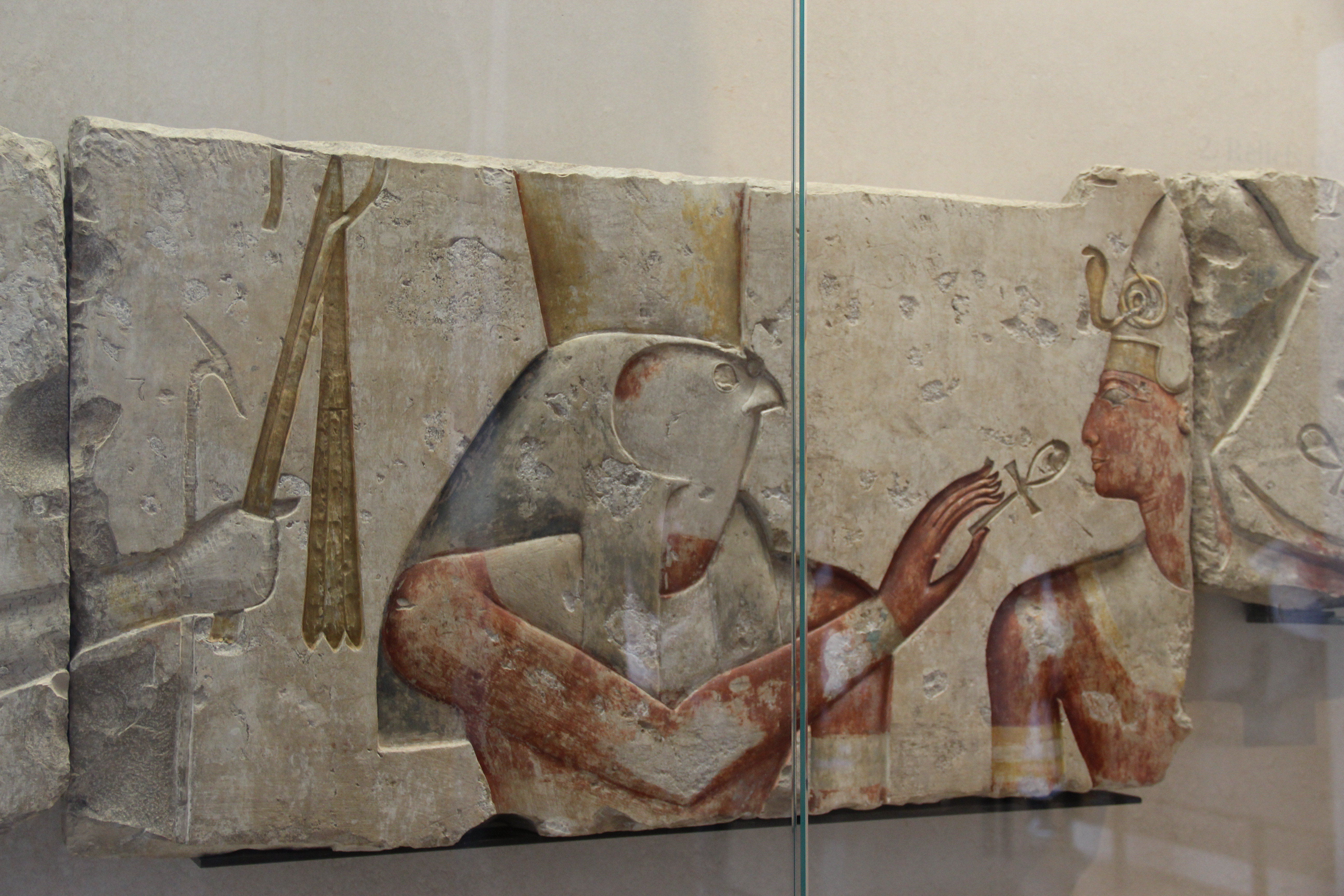 Gary Todd from Xinzheng, China, Wikimedia Commons
Gary Todd from Xinzheng, China, Wikimedia Commons

History's most fascinating stories and darkest secrets, delivered to your inbox daily.
International Collaboration In Full Force
The excavation is part of a joint effort involving Egyptian archaeologists, European research institutions, and local heritage experts. This collaborative approach ensures the site is studied with both scientific rigor and cultural respect. It also increases the speed and transparency of publishing results, allowing for broader scholarly debate.
A Lost Dynasty Found Again?
The royal tomb discovered in Abydos has the potential to rewrite a chapter of ancient Egyptian history. If confirmed as part of the so-called “phantom dynasty,” it would validate decades of speculation and offer a clearer picture of Egypt’s fragmented past. As more inscriptions are deciphered and findings are revealed, this long-lost line of kings may finally step out of the shadows of obscurity.
You May Also Like:
Unearthed Facts About Ancient Egypt's Most Disturbing Secrets
Mighty Facts About Ramses The Great, The Maniacal Pharaoh
Astonishing Facts About The Diary That Unlocked The Riddle Of The Pyramids

